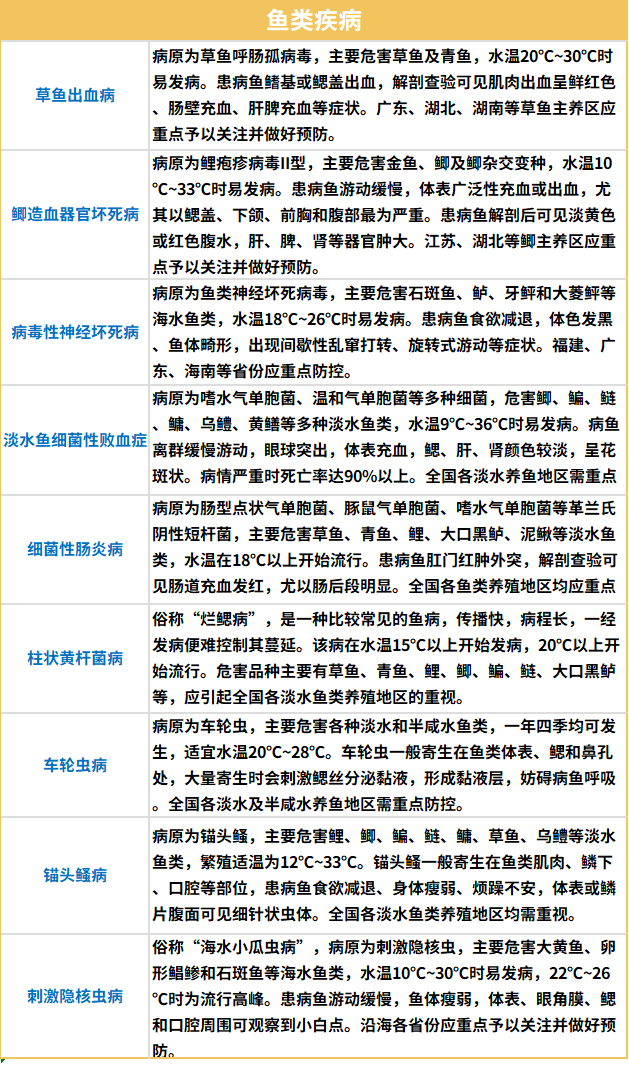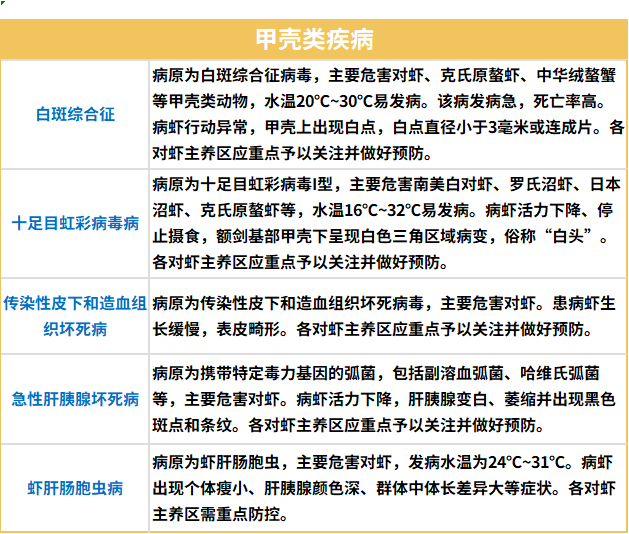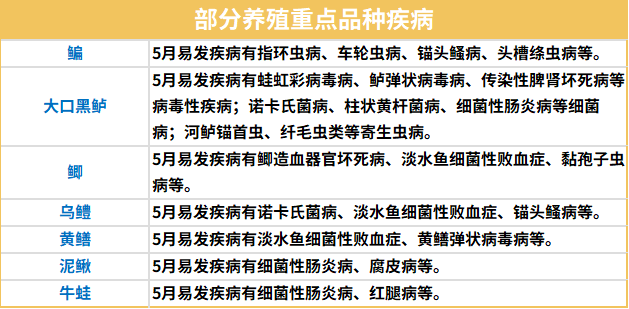Recently, the Central Committee of the Communist Party of China and The State Council issued the "Plan for Accelerating the Building of a Strong Agricultural Country (2024-2035)", which clearly states that it is necessary to "implement the action to enhance the modernization of facility agriculture, build modern planting and breeding facilities that are standardized, advanced in equipment and highly efficient in output, and develop new forms such as agricultural factories", pointing out the development direction for the aquaculture industry.
The upcoming May is also a month that aquaculture farmers need to pay close attention to.
In May, the weather across the country warmed up rapidly, and aquaculture entered the peak production season. However, it was also accompanied by changeable weather, alternating sunny and rainy days, fluctuating temperatures, and large temperature differences between day and night... These situations can easily lead to low dissolved oxygen in the aquaculture pond and deterioration of the bottom quality, etc.
Therefore, May is also a high-incidence period for aquatic diseases!
The following is a summary of some common diseases of fish and crustaceans, as well as diseases of some key farmed species:
Fish diseases

Crustacean diseases

Diseases of some key breeding varieties

To sum up: In May aquaculture, the focus should be on grass carp hemorrhagic disease, crucian carp hematopoietic organ necrosis, viral nerve necrosis, bacterial septicemia in freshwater fish, bacterial enteritis, Xanthomibacter aureus disease, trichozoonosis, anchor-head 鳋 disease, Cryptococcosis, leukoplakia syndrome, decapod iridovirus disease, infectious subcutaneous and hematopoietic tissue necrosis, acute hepatopancreas necrosis, enterocytosis in shrimp Illness, etc.
Prevention and control suggestions
Strengthen water quality management: Regular water quality tests should be conducted to ensure that key indicators such as pH value, ammonia nitrogen, and nitrite in the water body are within an appropriate range. Drastic changes in water quality are avoided by measures such as increasing the water depth of the aquaculture pond, raising the dissolved oxygen concentration, and regulating water quality. Meanwhile, the types and biomass of plankton in the water body should be reasonably regulated to ensure the stability and suitability of the water environment.
2. Reasonable feeding: Adjust the daily feeding amount in a timely manner based on climatic conditions, water quality, aquaculture stage and health status, etc., to avoid excessive feeding that may lead to deterioration of water quality.
3. Ensure proper disinfection: Fishing gear and equipment should be used exclusively in designated areas and ponds. After use, they should be promptly disinfected with national standard fishery chemical disinfectants to prevent cross-infection of pathogens. Each production area is managed by a designated person. Before entering the production area, disinfection is required to prevent operators from bringing pathogens into the production area.
4. Standardize the use of veterinary drugs for aquaculture: Purchase regular veterinary drugs from enterprises with a "Veterinary Drug Production License" or a "Veterinary Drug Business License", and strictly prohibit the purchase of counterfeit or substandard veterinary drugs. Approved veterinary drugs for aquaculture can be inquired through the "Aquaculture Drug Information Sheet (No. 1 and No. 2 of 2024)" or the "National Veterinary Drug Comprehensive Query APP" mobile software, etc.